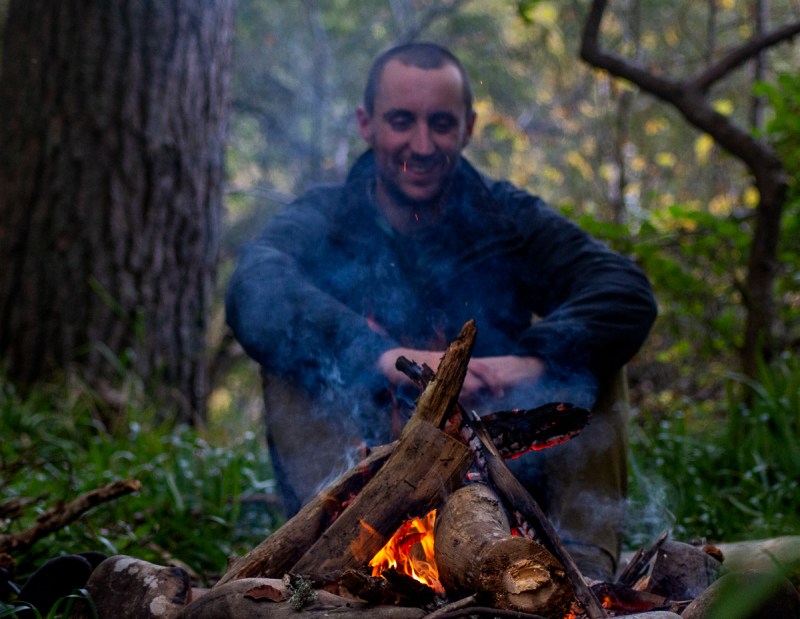The campfire is a mainstay of heading out into the backcountry. For many outdoorsmen, there is no feeling quite like sitting around under the stars and watching the flames dance around. They keep you warm, they can be used for cooking on, and they deter predators. The campfire is essential.
But there are plenty of people who head into the outdoors who don't know how to properly build a campfire. Whether it's inefficient, unsafe, or irresponsible, a badly built campfire has detrimental effects on you or the environment around you. This quick-and-dirty campfire building guide will get you building a safe and effective campfire every time.

How to build a campfire
Before you leave to have a campfire, check local guidance on their permittance in your area. Wildfires are increasingly common and fires are regularly banned — especially in the summer — for this reason. You should also always have a bucket of sand or water on hand to extinguish your fire before you start building.
Step 1: Clear your campfire area of any flammable debris — leaves, pine needles, etc. — and check for overhanging branches that may catch. Even leaves high above campfires are susceptible to drying out and burning. Alternatively, set up your fire pit if you're going to raise your fire off the ground.
Step 2: Collect dry firewood. Ideally, you want three piles of wood here. Having your wood pre-collected stops you from having to run off and find firewood while your fire burns down.
- A small pile around the thickness of your pinky — or thinner.
- A mid-size pile around the thickness of your thumb.
- A larger pile around the thickness of your wrist.
Step 3: Start your campfire with some small kindling — or firestarters. If you're not sure how to start a fire, there are loads of different fire starters available to you. These range from lighters or matches, to the more historic flint-and-steel strikers.
Step 4: Add small sticks in a pyramid shape around your kindling. Be careful not to add too many at once as this can smother your fire and put it out.
Step 5: When the smaller sticks are burning, add a few from the larger pile. Be sure to still add smaller sticks too, as this helps the budding fire retain enough heat to start burning the larger sticks.
Step 6: Repeat step five — moving onto larger sticks — until your campfire is self-sufficient and you only need to add a larger log periodically. At this point, you can choose to keep adding wood for a hot and bright fire or allow your fire to burn down to embers for cooking.
It can take a couple of attempts to get your campfire going, so don't be disheartened if you have to dismantle it and try again. Remember, don't leave a campfire unattended, and always have plenty of water or sand close at hand to extinguish your campfire or douse embers that fall overboard.




